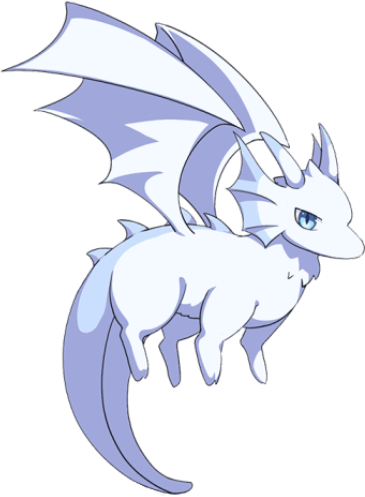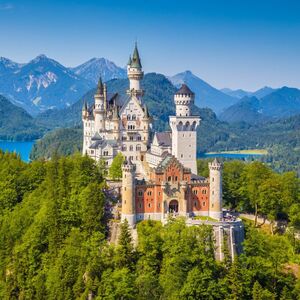Cinderella
| Cinderella | |||||
|---|---|---|---|---|---|
| Japanese Name | シンデレラ | 
| |||
| Race | Dragon | ||||
| Nationality | |||||
I am usually in my smaller state because Frau Fussen berates me for getting in the way and being a nuisance.
Profile
Cinderella is Fussen's servant (called pet) by contract, almost always seen accompanying her master. Cinderella's first appearance is in the cutscene of Fussen and Karlsruhe's sarcastic fight in the first Eisengrad Saga, though at the time she does not have any dialogue.
Event Story
| Snow and Ice Neverland |
|---|
|
Cinderella's first proper debut is in Snow and Ice Neverland, where she was ordered to roleplay as Murmansk as a rehearsal, then again was ordered to incinerate Karlsruhe for her sarcastic remarks when Fussen mistook her arrival for Murmansk's. Cinderella later appeared to the rescue after locating the conductor and Volklingen who were stuck in the Mist Monster infested Neverland, under Fussen's orders and Karlsruhe's research data, and asked Volklingen and the conductor to ride her and save Murmansk after changing back to her original dragon size. When they arrived at the place where Murmansk was captured, unconscious and slowly freezing to death. The trio were attacked by moving ice pillars. Cinderella and the Conductor are both severely injured by an ambush strike, but Cinderella provided information to Volklingen to defeat the ice goddess statue monster and save Murmansk. |
Trivia
- Cinderella serves Fussen directly due to her ancestor's Ancient Great Blood contract with Eisengrad dragonkin. The painting of Saint George and the Dragon can be found inside Neuschwanstein Castle. Neuschwanstein castle was commissioned by King Ludwig II, and the castle is also one of the inspirations of Cinderella Castle in Disneyland.
Counterpart
Neuschwanstein Castle (Schloss Neuschwanstein/Schloss Neischwanstoa) is a 19th-century historicist palace on a rugged hill above the village of Hohenschwangau near Füssen in southwest Bavaria, Germany. The palace was commissioned by King Ludwig II of Bavaria as a retreat and in honour of Richard Wagner. Ludwig chose to pay for the palace out of his personal fortune and by means of extensive borrowing rather than Bavarian public funds. Construction began in 1869 but was never completed. The castle was intended to serve as a private residence for the king but he died in 1886, and it was opened to the public shortly after his death. Since then, more than 61 million people have visited Neuschwanstein Castle. More than 1.3 million people visit annually, with as many as 6,000 per day in the summer.
The ruins above the family palace were known to the crown prince from his excursions. He first sketched one of them in his diary in 1859. When the young king came to power in 1864, the construction of a new palace in place of the two ruined castles became the first in his series of palace building projects. As he called the new palace New Hohenschwangau Castle, the confusing result was that Hohenschwangau and Schwanstein effectively swapped names: Hohenschwangau Castle replaced the ruins of Schwanstein Castle, and Neuschwanstein Castle replaced the ruins of the two Hohenschwangau Castles. Only after Ludwig's death was it renamed Neuschwanstein.
The palace can be regarded as typical for nineteenth-century architecture. The shapes of Romanesque (simple geometric figures such as cuboids and semicircular arches), Gothic (upward-pointing lines, slim towers, delicate embellishments) and Byzantine architecture and art (the Throne Hall décor) were mingled in an eclectic fashion and supplemented with 19th-century technical achievements. The Patrona Bavariae and Saint George on the court face of the Palas (main building) are depicted in the local Lüftlmalerei style, a fresco technique typical for Allgäu farmers' houses, while the unimplemented drafts for the Knights' House gallery foreshadow elements of Art Nouveau. Characteristic of Neuschwanstein's design are theatre themes: Christian Jank drew on coulisse drafts from his time as a scenic painter. Wikipedia
Gallery
- Pages using DynamicPageList3 parser tag
- Dragon
- Eisengrad
- Non-Playable Characters











